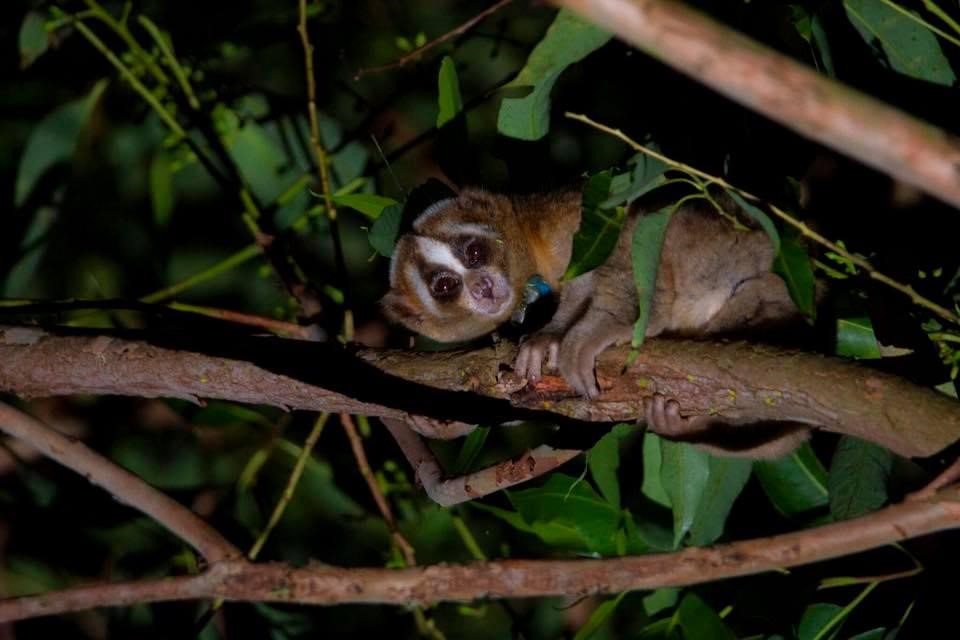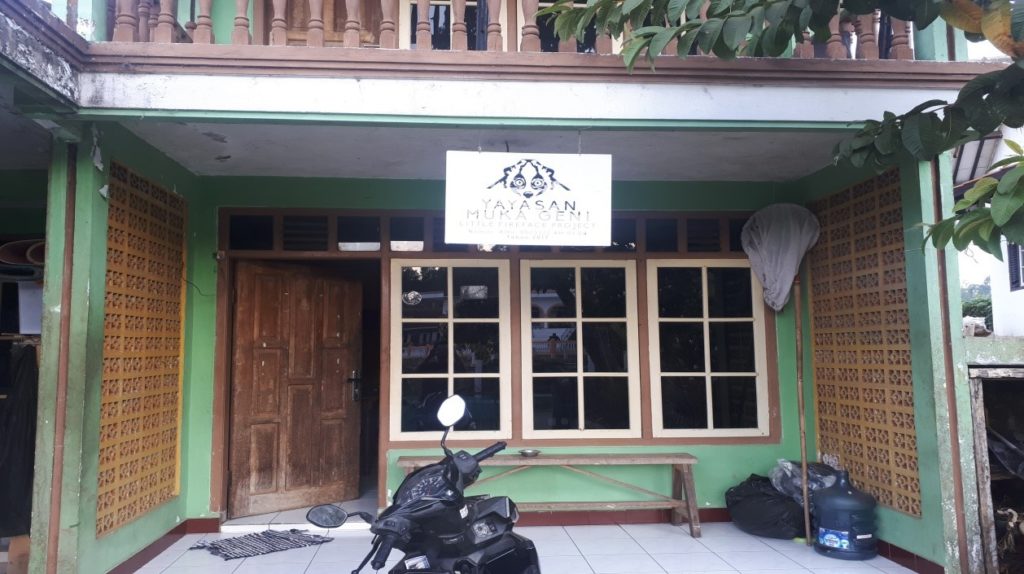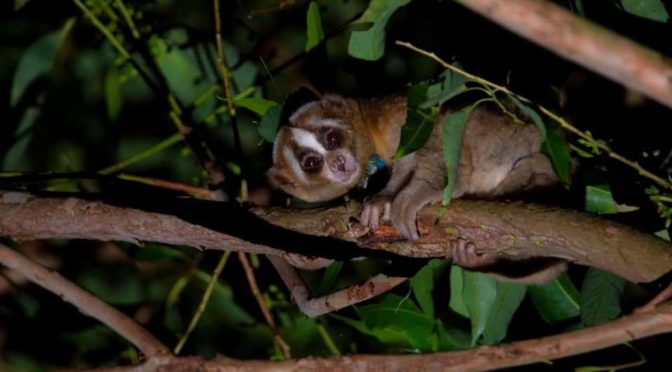It was my last week staying at LFP camp. After 13 times doing the observation and one time attempting to capture the Loris, I came into the conclusion that spending one month here is one of my best decision I ever made. But, before I jump into the conclusion, there must be a story behind it, right? So, here’s my story.

Daytime: Time to Sleep
Hello! I’m Alfiyan, one of the volunteers here at LFP that start his time volunteering at 19th June until 19th July 2019. When I first came here, my friends that already staying here before told me that if you’re volunteering at Loris observation, your daytime will be doing nothing because you will be active at night time. In my head, I was thinking like “Oh, this will be easier than I thought.” But nope, you’re wrong Alfiyan. Soon, I’ve learned my lessons to not take this lightly because, for a first-timer like me, night observation can be a nightmare if you’re not well-prepared. But let’s leave it like that for now, because this segment is about my daytime at LFP. So, in the morning until evening, what am I doing when I’m waiting for my shift is mostly sleeping, playing handphone, eating, cooking, interacting with people at LFP and sleeping again. Pretty boring, right? Well, because the most exciting and memorable thing is happening at night.

Night Time: Time to Do Some Work
Loris observation in LFP is divided into two shift. First, shifts start at 5 P.M. until 11 P.M. plus 10 – 30 minutes waiting for the second shift to come and the second shift start at 11 P.M. until 5 A.M. Remember when I say night observation can be a nightmare if not well-prepared? It is because the local trackers said that it could be below 10°C or 50°F at night and you need to stay awake for six hours straight without sleeping at all. Sometimes, the Loris is located at the hard-to-reach place and you need to track it by passing some rough terrain like a steep and rocky road, bamboo forest, wet and slippery soil, or something like that. And the hardest challenge for me when doing night observation is fighting the boredom when the Loris doesn’t move at all or when the clock shows that it’s nearly the sleeping time for Loris. But, that is what makes night observation is exciting and memorable for me because when you overcome the challenges provided, you will get a reward and that reward is seeing the cuteness of Loris when they’re doing their activities. Their activities is ranging from calm activities like eating gum from the tree, moving across the tree, or grooming themselves to the intense activities like fighting between two Lorises (I saw it once and it’s so intense because one of the Loris is already at bad shape to begin with and I’m worried that something unexpected happened but luckily, nothing happened) or screaming with high-pitched sound when we’re trying to capture it for checking its condition. All in all, it’s been a good month to spend my time here and I’m looking forward to do these things again in the future.
ALFIYAN FAISSOFI HIDAYAT

